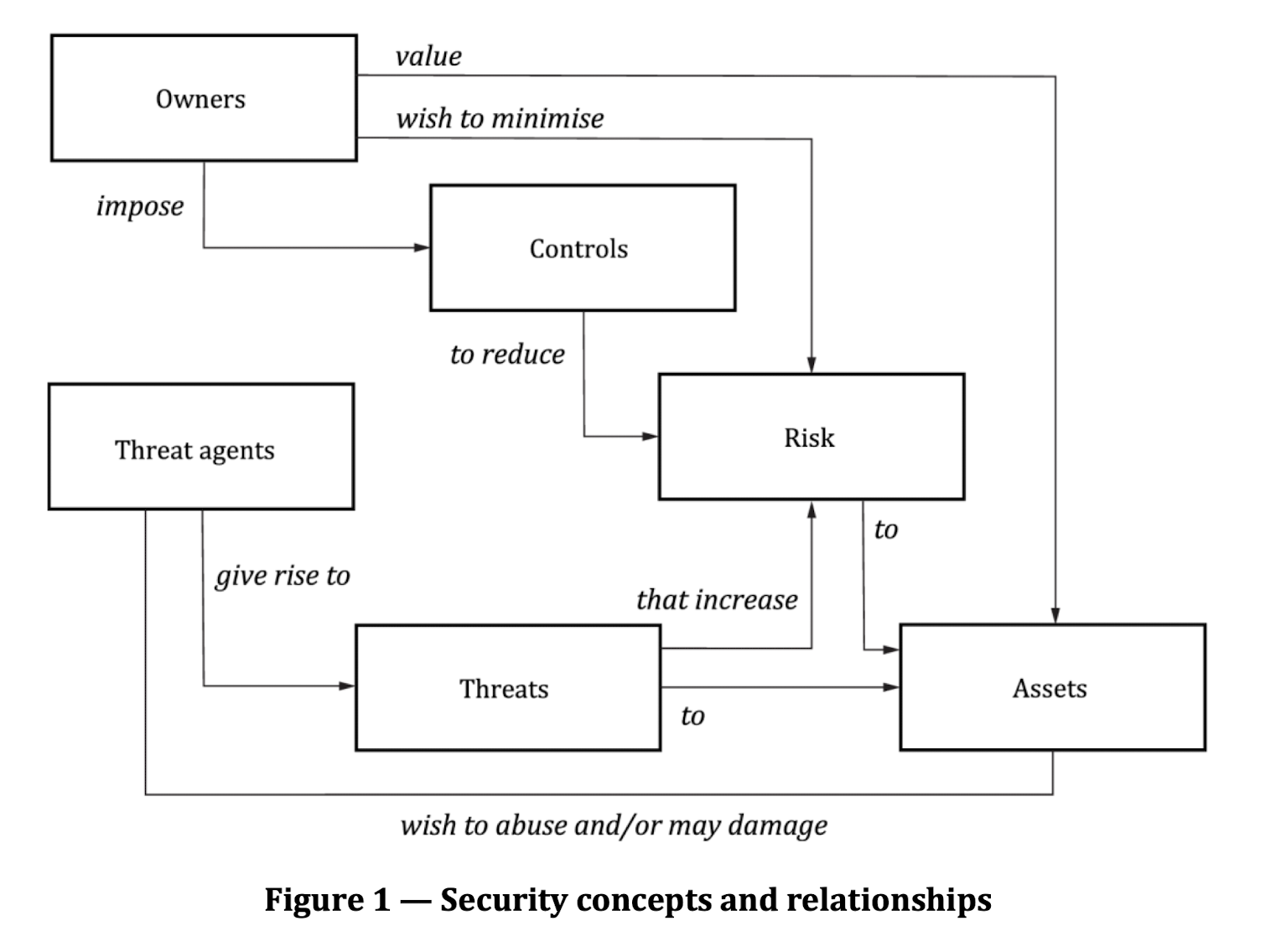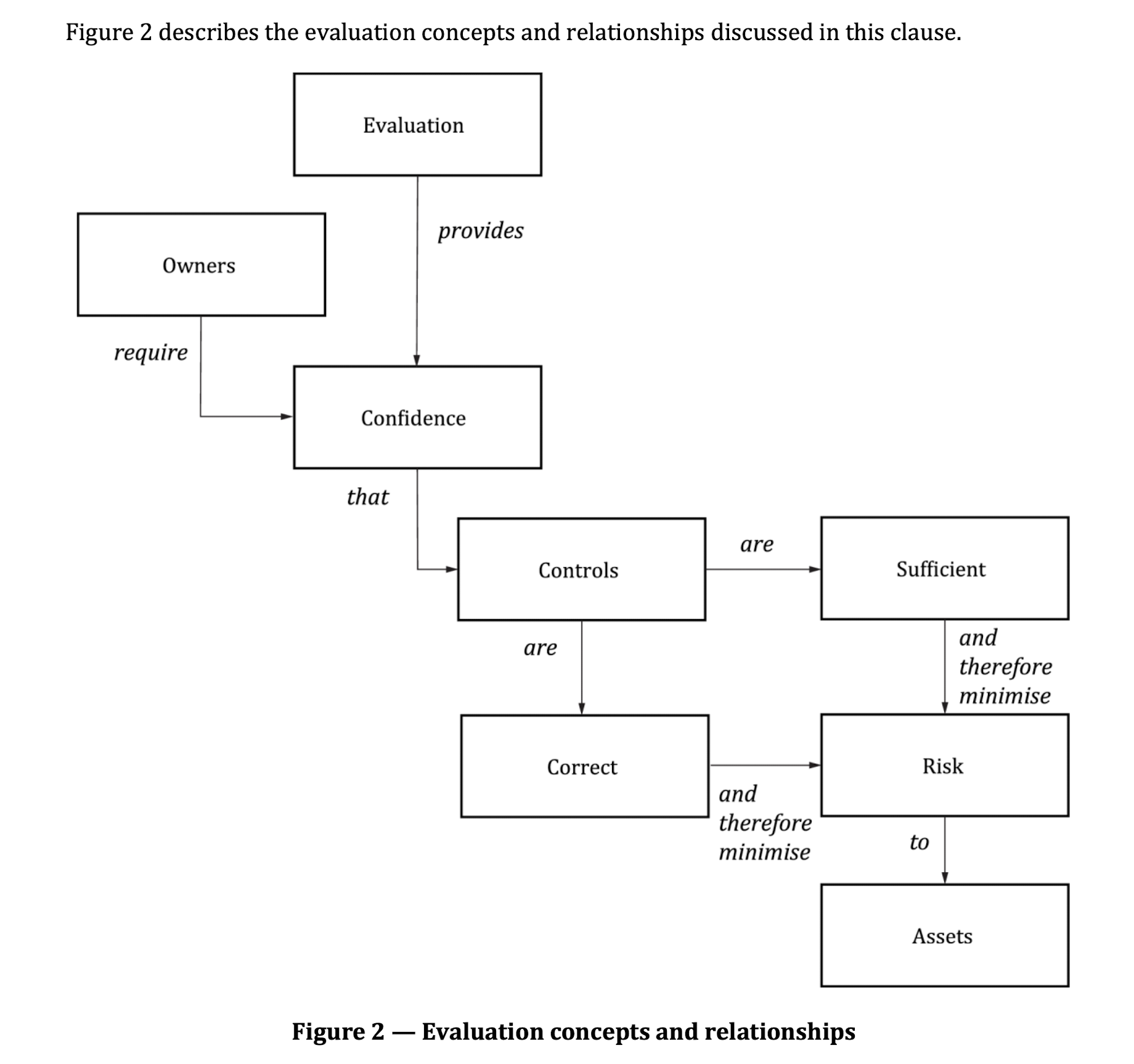Posts
144Following
84Followers
32mhoye (temporarily spooky)
mhoye@mastodon.socialTIL that twice a year Hawaii looks badly rendered for astrophysical reasons.
Noisytoot
noisytootNoisytoot
noisytoot@libreleah @developing_agent the libreboot installation documentation says:
the factory firmware write might EFI variables to flash during shutdown sequence, so you should pull the plug to shut it down (remove the power by pulling the plug) after flashprog says VERIFIED.
So I expect the dumps will be different, but not in a significant way.
Noisytoot
noisytootNoisytoot
noisytootNoisytoot
noisytootShow content
Noisytoot
noisytootNoisytoot
noisytoot@kura @libreleah canoeboot follows the GNU FSDG, and therefore does not include or touch any non-free software. Canoeboot’s binary blob extermination policy explains the difference.
Basically:
- On boards that do not require any non-free software in flash (the AMD server boards, ARM chromebooks, and Intel GM45/945GM boards) the only difference is that libreboot includes microcode updates and canoeboot does not
- On boards that require ME firmware to be present in flash in order to boot (all Sandy Bridge and newer Intel boards), the difference is the above + canoeboot only touches the BIOS region while libreboot runs me_cleaner on the ME region (which means that, paradoxically, libreboot is actually more free on these boards since it neuters the ME)
- Boards that require FSP (all Skylake and newer Intel boards) are not supported by canoeboot, since there’s no way around including it (at least until someone reverse engineers it and writes a free replacement)
Noisytoot
noisytoot@ekaitz_zarraga @libreleah L14 Gen 2 is not possible unless another method of bypassing bootguard is found. All ThinkPads newer than Haswell (and all Haswell ThinkPads without socketed CPUs, so including T440/X240 but not T440p/W541) have bootguard, which makes porting coreboot impossible, with one exception: on MEv11 systems (which are vulnerable to CVE-2017-5705), bootguard can be bypassed with deguard. This includes Skylake (6th gen), Kaby Lake (7th gen), and Kaby Lake Refresh (some mobile 8th gen) systems, so T460/T470/T480 generation.
abadidea
0xabad1dea@infosec.exchangegood example on how to make something that is neither a legible sentence nor a legible diagram, but rather an unholy refusal to commit to either
(source is, alas, Common Criteria)
Noisytoot
noisytoot@MissingClara You can already use memfd_create and refer to it as /proc/self/fd/...
Noisytoot
noisytootThe other thing I could do would be to write a DNS server which looks up the domain on multiple DNS servers (one UK-based but low latency, one non-UK-based but high latency) and returns the first result, unless it looks like a geoblock, in which case it waits and returns the second result. The problem is there’s no way to reliably detect geoblocks, but doing it for loopback IP addresses might be enough?
In the case of this specific geoblock, it’s returning an A record for 127.0.0.1, but interestingly it’s doing this regardless of the type of record you requested (if you request AAAA it will still respond with A):
> dig AAAA cdn2.miau.pub
; <<>> DiG 9.19.24 <<>> AAAA cdn2.miau.pub
;; global options: +cmd
;; Got answer:
;; ->>HEADER<<- opcode: QUERY, status: SERVFAIL, id: 43682
;; flags: qr rd ra; QUERY: 1, ANSWER: 0, AUTHORITY: 0, ADDITIONAL: 1
;; OPT PSEUDOSECTION:
; EDNS: version: 0, flags:; udp: 512
; EDE: 0 (Other): ([157.53.226.1] Unexpected lgbtqiaspace.b-cdn.net/a in received ANSWER at b-cdn.net for lgbtqiaspace.b-cdn.net/aaaa)
; EDE: 0 (Other): ([109.104.147.1] Unexpected lgbtqiaspace.b-cdn.net/a in received ANSWER at b-cdn.net for lgbtqiaspace.b-cdn.net/aaaa)
; EDE: 0 (Other): ([91.200.176.1] Unexpected lgbtqiaspace.b-cdn.net/a in received ANSWER at b-cdn.net for lgbtqiaspace.b-cdn.net/aaaa)
; EDE: 22 (No Reachable Authority): (At delegation b-cdn.net for lgbtqiaspace.b-cdn.net/aaaa)
;; QUESTION SECTION:
;cdn2.miau.pub. IN AAAA
;; Query time: 19 msec
;; SERVER: 192.168.1.1#53(192.168.1.1) (UDP)
;; WHEN: Thu Aug 28 05:50:05 BST 2025
;; MSG SIZE rcvd: 464
This makes it easy to fingerprint but that only works in this specific case. In which case I might as well just hardcode a list of domains as I do for my list of IPs to route through a non-UK VPN.







